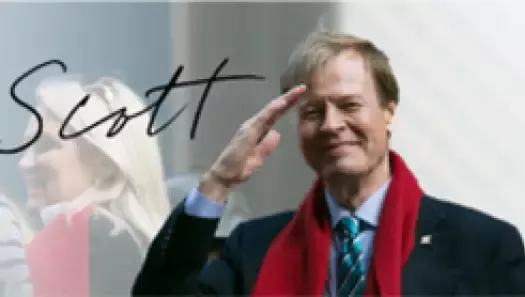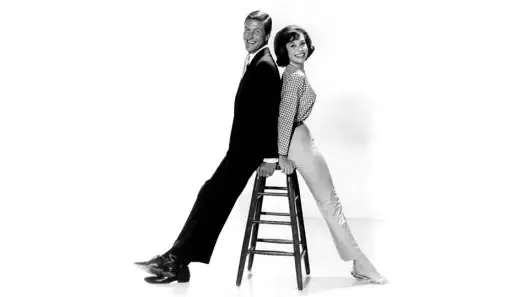TopRank: Shawna Rochelle Kimbrell

Shawna Rochelle Kimbrell, a name now synonymous with courage, determination, and breaking barriers, made history as the first Black female fighter pilot in the United States Air Force (USAF). Born on April 20, 1976, in Lafayette, Indiana, Kimbrell's journey from a childhood dream to soaring through the skies in an F-16 Fighting Falcon is nothing short of remarkable.
"At the time, women were not allowed to fly fighters. People knew that, and they'd say, 'Well, you can't do that.' And I used to tell them when I was little, 'Well, either it'll change because I'm young, or I will change it,'” - Shawna Rochelle Kimbrell, interview with Amway Awards.
Early Aspirations and Education
Growing up in Parker, Colorado, Kimbrell's fascination with aviation took flight at a young age. Inspired by attending air shows and fueled by her adventurous spirit, she set her sights on becoming a fighter pilot while still in elementary school. Her passion led her to join the Civil Air Patrol and earn her private pilot's license even before graduating high school.
Following her dreams, Kimbrell pursued a Bachelor of Science Degree in General Engineering from the United States Air Force Academy, where she graduated in 1998. Her academic achievements laid the foundation for her future accomplishments, propelling her towards her ultimate goal of becoming a pilot.
After graduation, Kimbrell underwent rigorous training, including Undergraduate Pilot Training (UPT), where she earned her wings in August 1999. Her determination and skill were evident as she completed her F-16 training at Luke Air Force Base in August 2000, making history as the first African-American female fighter pilot in the USAF.
Breaking Boundaries in Combat
Kimbrell's trailblazing journey continued as she embarked on her operational assignments. Assigned to the 13th Fighter Squadron in Misawa, Japan, she quickly proved her capabilities, deploying to Turkey and Saudi Arabia in support of Operation Northern and Southern Watch. Her pivotal role in Operation Northern Watch marked her as the first female pilot to fly combat missions for Misawa's 35th Fighter Wing, shattering stereotypes and paving the way for future generations of women aviators.
Not content with just flying missions, Kimbrell went on to make history once again during Operation Northern Watch, becoming the first African-American female pilot to employ ordnance in combat. Her bravery and skill under pressure earned her accolades and admiration from colleagues and superiors alike.
A Legacy of Leadership and Service
Throughout her distinguished career, Kimbrell continued to excel, taking on roles that showcased her leadership and expertise. From serving as an Assistant Director of Operations for the 555 Fighter Squadron in Aviano Air Base, Italy, to her tenure as Course Manager for the Air Liaison Officer Qualification Course at Nellis Air Force Base, Kimbrell's contributions left an indelible mark on the USAF.
In 2013, after years of dedicated service, Kimbrell transitioned to the Air Force Reserves, continuing her commitment to excellence and mentorship as a mentor to Air Force cadets. Her impact extended beyond the cockpit with her Dare to Dream nonprofit, inspiring a new generation of aspiring aviators and proving that with determination and perseverance, any obstacle can be overcome.
Personal Life and Legacy
Outside of her illustrious career, Shawna Kimbrell finds fulfillment in her role as a wife and mother. Married to Travis Kimbrell, she is a proud mother of two sons, Kade and Jakeb. Her dedication to family, coupled with her unwavering commitment to service, exemplifies the values that have defined her remarkable journey.
As Shawna Rochelle Kimbrell continues to inspire and empower others, her legacy serves as a beacon of hope and resilience. From humble beginnings to soaring heights, she remains a true pioneer, breaking barriers and defying expectations with every flight. In the vast expanse of the sky, Shawna Kimbrell's story reminds us all that the only limit to what we can achieve is the boundary of our own imagination.



